
The devastating police killing of 16-year-old Ma’Khia Bryant, mere minutes before former Minneapolis police officer Derek Chauvin was found guilty on all three charges for the murder of George Floyd, cut a wound through many of our hearts and deepened the trauma that so many Black Americans experience in the wake of police violence. The adultification and punishment of Black girls is something Jamila and I write about in Street Data, through the story of Jackie and Alyssa, a mother and daughter struggling with their middle school’s dehumanizing response to an incident, rooted in systemic racism. Alyssa and Ma’Khia’s stories are not unrelated. In a society that systemically marginalizes and silences brilliant Black girls, what would it mean to center their voices in our schools and classrooms? What does the satellite data fail to tell us about what Black girls want, need, and can manifest in the world when they experience love and liberation? As a white educator striving to be a co-conspirator, how can I listen and lead in ways that humanize the experiences of Black girls in schools?
Below is the story of Alyssa (a pseudonym), excerpted from Chapter 4 of Street Data (80-83).
According to the most recent U.S. Department of Education Office for Civil Rights data, from kindergarten to twelfth grade, Black girls are seven times more likely than white girls to be suspended from school and four times more likely to be arrested at school. (For more on this, read Monique W. Morris’s book Pushout: The Criminalization of Black Girls, 2016.) Latinx girls are more than 1.5 times as likely as white girls to receive an out of school suspension, and Native American girls are suspended at three times the rate of white girls. These are the satellite data.
The story of Alyssa, a bright, socially conscious eighth-grade Black girl overcoming learning and mental health challenges exemplifies the impact of systemic racism, implicit bias, white supremacy culture, and intersecting systems of oppression. After an altercation with a classmate involving a verbal threat but no physical harm, Alyssa was suspended for nearly three weeks despite the fact that physical incidents by non-Black peers had been met with minimal punishment. When she returned, Alyssa was made to jump through multiple hoops, switch her entire course schedule, and barred from extracurricular activities, including her beloved Black Student Union (BSU). Rather than listen to Alyssa and her family, engage her and the peer in restorative processes, or dig for root causes leading to the argument, the school responded in transactional ways that left Alyssa feeling hurt, disenfranchised, and marginalized.
I had the opportunity to listen deeply to Alyssa and her mom Jackie (both pseudonyms) and want to share with you the type of rich, meaningful street data that comes from orienting ourselves to this stance. I asked them both what happened, how Alyssa’s identities shaped her experience, how the school’s response impacted her social, emotional, and academic well-being as well as her sense of belonging and efficacy, and finally, what both women wished the school would have done differently. Below are some of the responses I heard from Alyssa and her mom. When you finish reading, use the Reflect and Collaborate questions that follow to make meaning of the data. Then, imagine that you are beginning an equity transformation cycle in which you will next analyze the data to uncover root causes, reimagine your school’s response in partnership with Alyssa and her family, and move forward in a courageous, antiracist manner.
Alyssa’s Words (student)
It was a really stressful situation. I had no idea what was going to happen; I thought I was going to be expelled. . . . I knew that they were doing an investigation of sorts, but I didn’t really know what was going on with that. One time I was like, “Mom, why am I not in the conversation? I was in the incident, so why am I not in conversation?”
They pulled me out of my old class, which ironically had most of the Black girls in the grade in it. They pulled me out of the yearbook club and the band. . . . It was really hard, especially the first few weeks . . . it was actually so bad that I literally wouldn’t even go to class because I didn’t know the kids in my class that well and, well, because I have social anxiety. I used to hide in the bathrooms and wait until the teacher came out and yelled at me for skipping class. Then I’d go to class and obviously I didn’t have good grades because I wasn’t participating in class. Yes, at that point it was pretty low, and the school still didn’t seem like they were going to put me back in my old class. The BSU progressed and did their thing, and they (the administration) asked me not to be a part of it.
The argument was because of a race issue . . . That was the issue at heart. I thought if the school could understand that, then maybe they could understand why I was that mad and why it was that big of a deal, but to isolate me from essentially all other students that look like me only made it a worse experience for me.
Well, this incident wouldn’t really have happened if I was not Black. It’s hard to say, but it did feel like they, as a school, didn’t really care about having a safe space for the Black students at the school as much as they cared about saying, “Hey, we have a Black Student Union and we’re a diverse school.” . . . They know who I am, they really know me. . . . This is not the first time that I’ve discussed racial issues. They should have included me in that because I’m more than capable of discussing it, like a normal person.
I’ve always considered myself a smart person, not in a cocky way, but there’s been a lot of instances where I’m trying to explain a concept to a kid my age and they just don’t understand it. I know that I’m very conscious of the world and this society and stuff and the way that things work in America. . . . I just really wanted to graduate, maybe not with perfect grades but with maybe higher grades or with some fun experience that I got to do at the school. . . . It felt like that was taken away.
(Here, I asked Alyssa what she wished the school had done differently.)
I don’t know why I have to say this, but I wish they would’ve actually talked to me and listened to what I’m saying and understand that I have feelings too. In a way, I ended up being a victim of the situation in the end, even though I was not seen that way . . . Just look at both sides of the story I guess.
I think they let me speak, but it felt after I spoke, they just didn’t care what I said. Just take into account all different perspectives and also understand that as a Black kid in America, a lot of people don’t really look like you, and a lot of people don’t really like you just because of the way that you look. That’s why you actually might want a space at school where you can meet up with other kids that do look like you and do know what you’re experiencing and just understand each other and have a safe space like that.
As you take in this first-person story, think about what it reveals to you: the hidden narratives and underlying patterns that exist inside school buildings. Such street-level data helps us choose the margins of our communities as sites of wisdom, insight, and transformation. It also helps us flip the dashboard from a reliance on big data to a nuanced understanding of street-level experiences. If we only had the suspension data for Black girls at this school, how much would we fail to see and understand?
Use the reflection questions below to practice analyzing street data, in this case Alyssa’s story:
- What stands out from the listening data?
- What is most painful to hear? Sit with and acknowledge your own emotions and where you feel them in your body.
- What new questions emerge from this data?
- What additional listening might we need to do and with whom?
- How does what I heard help me understand the satellite and map data?

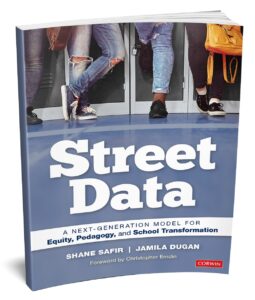 Enter your email here and get a free copy of the first chapter of Street Data!
Enter your email here and get a free copy of the first chapter of Street Data!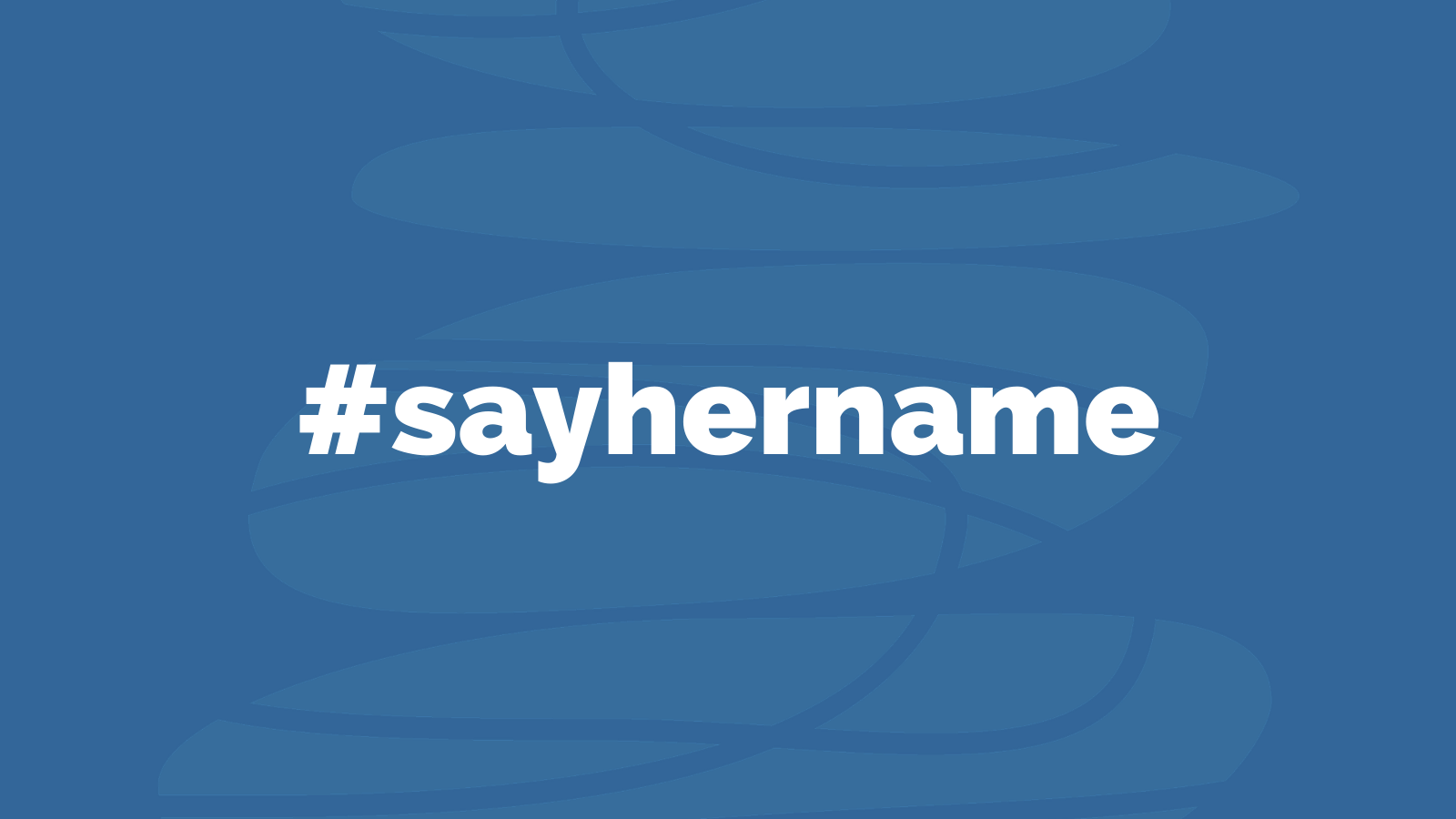
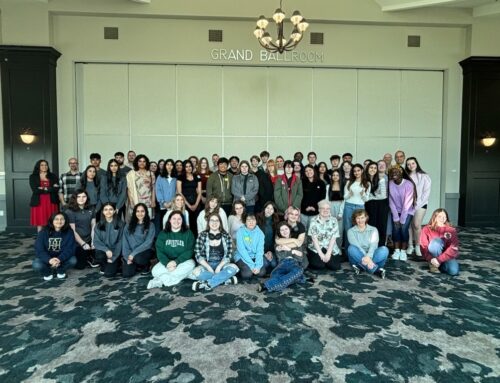
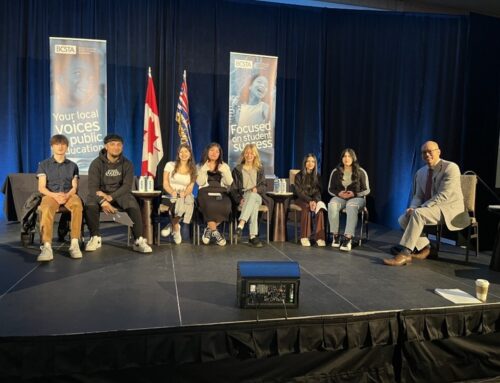
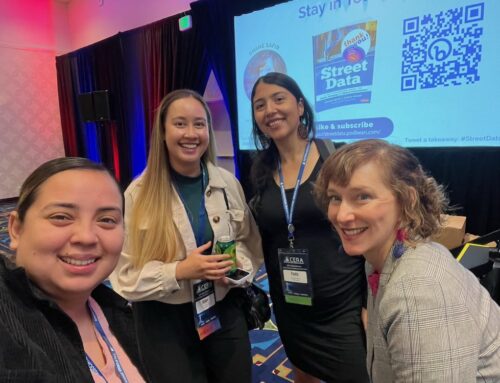
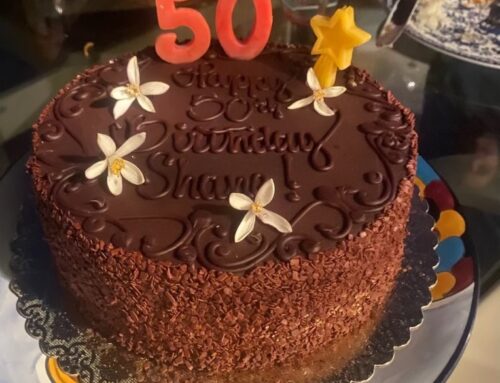
Leave A Comment
You must be logged in to post a comment.